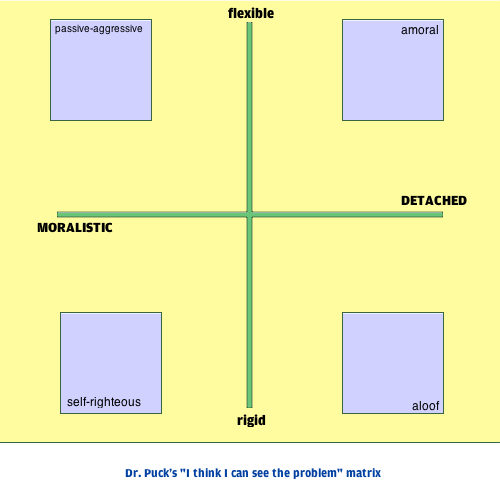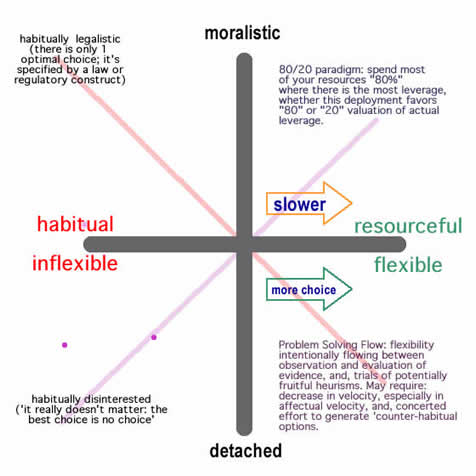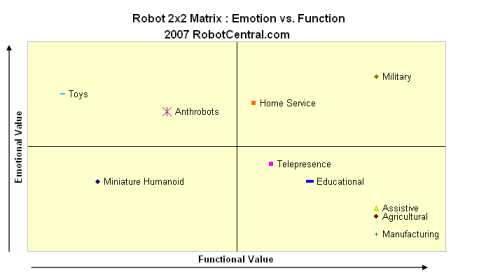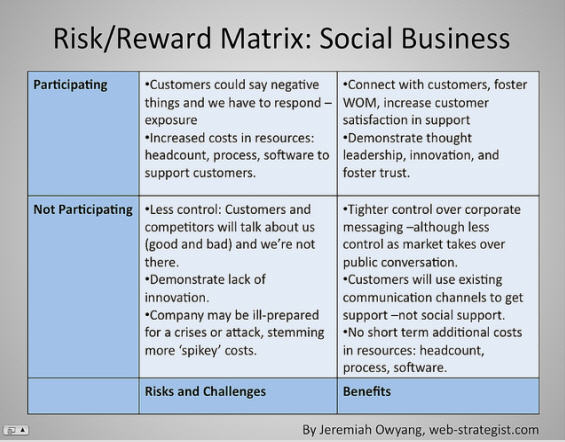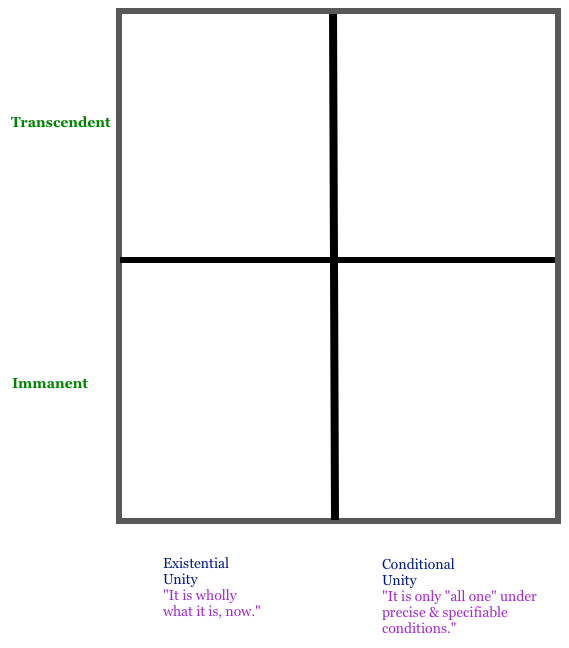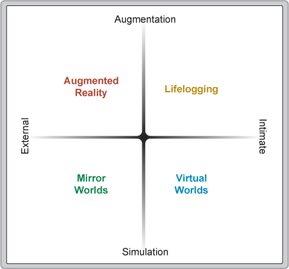
The explanation for this Four Square Matrix is below.
(I’ve been exploring the format of the Four Square Matrix for over five years on the squareONE Explorations blog: Revisiting the Matrix Part 1 / Class of ’72 / Periodic Table of Visualization, And More / More Matrices / The Acid Test / Matrices – Stacked / Slowing Down to Better Problem Solve)
(SOURCE) To construct our scenario set we selected two key continua that are likely to influence the ways in which the Metaverse unfolds: the spectrum of technologies and applications ranging from augmentation to simulation; and the spectrum ranging from intimate (identity-focused) to external (world-focused).
• Augmentation refers to technologies that add new capabilities to existing real systems; in the Metaverse context, this means technologies that layer new control systems and information onto our perception of the physical environment.
• Simulation refers to technologies that model reality (or parallel realities), offering wholly new environments; in the Metaverse context, this means technologies that provide simulated worlds as the locus for interaction.
• Intimate technologies are focused inwardly, on the identity and actions of the individual or object; in the Metaverse context, this means technologies where the user (or semi-intelligent object) has agency in the environment, either through the use of an avatar/digital profile or through direct appearance as an actor in the system.
• External technologies are focused outwardly, towards the world at large; in the Metaverse context, this means technologies that provide information about and control of the world around the user.
These continua are “critical uncertainties”—critical because they are fundamental aspects of the coming Metaverse, and uncertainties because how they will emerge, their relative and absolute development in various contexts, is yet to be seen.
Combining the two critical uncertainties gives four key components of the Metaverse future:
Virtual Worlds
Mirror Worlds
Augmented Reality
Lifelogging
These four scenarios emphasize different functions, types, or sets of Metaverse technologies. All four are already well into early emergence, yet the conditions under which each will fully develop, in particular contexts, are far from clear.
The source document at Metaverseroadmap.org provides the context and additional provocation. This would be most compelling for students of the history of technology, and socio-anthropologists interested in modernity and post-modernity. Download the PDF available there for the full view of the working group.


